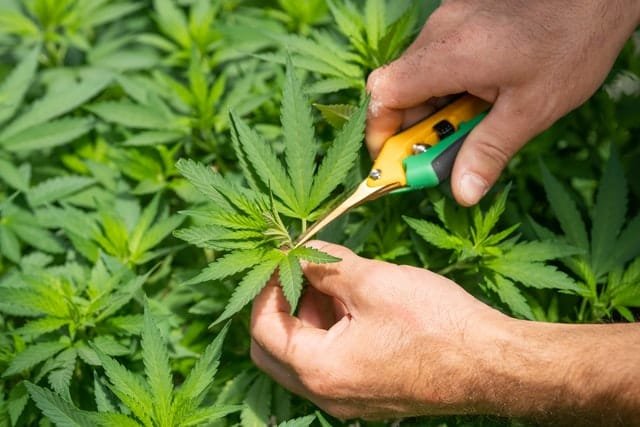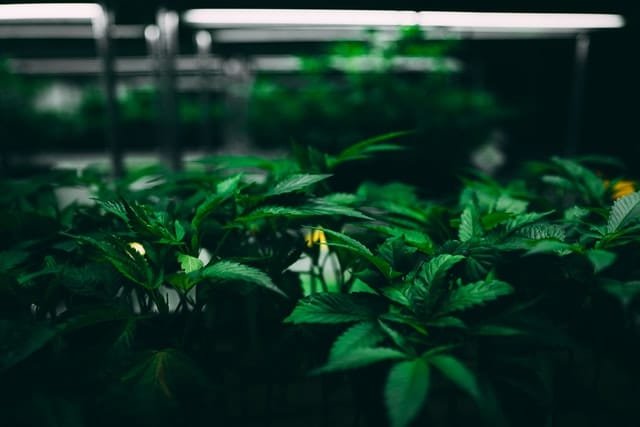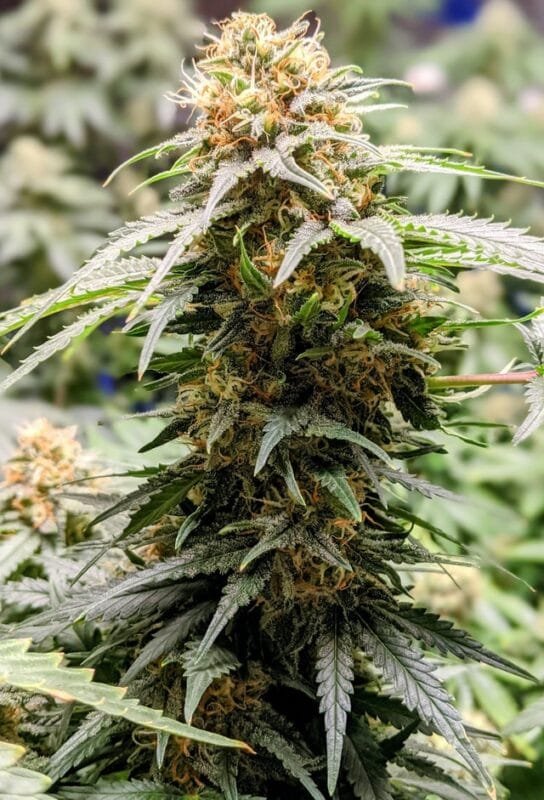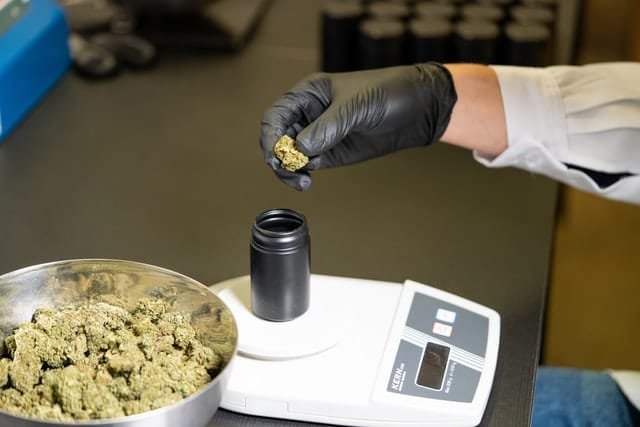If you ask some of the older cannabis growers, they can vouch for the fact that the cannabis of today is considerably more potent than it was in their days. One of the reasons for this greater potency would be the conditions that cannabis is grown under.
Most prior generations were content to grow their crops in the outdoors with ditchweed and without any maintenance or upkeep beyond what Mother Nature would provide. The newer strains of cannabis are cultivated with a lot more care and science, often kept indoors for a greater degree of control and precision; even the highest quality strains of cannabis tend to do considerably better when grown within a greenhouse than exposed to the Great Outdoors.
Selecting Traits
While this greater precision and manipulation of cannabis’ potency has allowed for low-THC content products, most customers tend to aspire to the most potent varieties they can acquire; just because the science and technology has progressed to the point that we can engineer low-potency product, the average customer tends to equate low potency with low quality.

The one avenue where growers are pursuing low-potency cannabis are people who want to cultivate CBD; CBD production is legal at the federal level and any American, regardless of state, can do so so long as the strain yields less than 0.03% THC by weight.
When it comes to how potency is increased in cannabis, that comes down to selectively breeding to encourage specific traits and/or discourage others, in a manner just like with dogs or cats.
Master Grower – John Figernsal
When you pair high-quality male cannabis crops with high-quality females, the resulting seeds are likely to displaying characteristics that only vary between their quality parents.
While a single 6-foot-tall fully-pollinated cannabis plant is capable of yielding hundreds of seeds, not every seed produced by the mother is going to yield the same plant; some seeds are more dominant in their father’s potency and bouquet while others may miss out on those traits and wind up more like their mother.
Furthermore, there are very few ways to influence the sex of any given number of seeds-this is where “pheno hunting” comes into play. Pheno is short for phenotype and the pheno hunt process entails planting cannabis seeds until they grow until they can be sexed, eliminating any males and allowing the females to flower so that their cannabis can be judged.

Pheno hunting can take anywhere from 3 to 6 months, depending on the scale of the operation. During a pheno hunt, the parents are usually kept alive but in cases where those specific plants are unneeded, they can be cloned by taking a clipping of the plant(s), adding some rooting hormone and carefully monitoring them until such time that the stem yields new roots.
Back Crossing
After a successful pheno hunt reveals the “winners,” a farm will engage in “back-crossing.” This involves breeding the new plants with parents in order to stabilize the favored traits.
If a seed plant had really strong potency and fragrance from its father but grew in a bad pattern like its mother, you can back-cross it with the parent that exhibits lacking traits to increase the likelihood of those desired traits in future generations.
Alternately, back-crossing can be done with the parent that shares desired traits to bolster those traits in future generations. This then becomes a blueprint that can be reproduced an infinite number of times and can yields increasingly more or less powerful strains of cannabis. Thus, a dedicated grower can pursue the development of super-strong crops or even super-weak ones if the market is favorable to “low impact” varieties.

Back-crossing means that you do not need to worry about negative qualities for long; with enough time, even the most undesired of crops can pave the way for something truly desirable. While most consumers are only concerned with potency, with high potency almost always being a desired feature, another consideration would be the product’s terpene profile.
Terpenes are the molecules that give cannabis its distinctive odor and “flavor,” consequently affecting the sort of state a person achieves after partaking. Cannabis can produce many different terpenes, depending on its breeding. If a strain has a high level of THC compared to how much a person’s body can tolerate, that strain’s terpenes will play a major role in sensations of sleepiness, awareness, paranoia, laughing fits and so on.
Most people familiar with cannabis will understand this more as the distinction between indica, sativa and hybrids but indica and sativa are just the genus names of the plant, i.e. Cannabis sativa or Cannabis indica.C. Sativa is often identified as having tall growth with spindly stems and known for giving lots of energy.

However, genus does not really work well as a metric when it comes to breeding since a skilled grower can produce a tall, spindly plant whose terpenes will induce sensations of sleepiness and other sedentary behaviors.
Most cannabis growers who focus on CBD and hemp products are not really concerned with terpenes because there is not really a market among the CBD crowd for smoking; most of these demographics are concerned with using CBD in either edible forms or for its topical applications.
Cannabinoids (CBN & CBG) play a similar role to terpenes but can have a greater influence on the user’s experience from partaking. This is because cannabinoids have a more direct psychotropic effect and are often the reason why cannabis is often prescribed to help cancer patients; cannabioids are non-psychoactive, meaning they do not register on a drug test.
It should also be cautioned that a grower can have the best strain in the world, bred to have an amazingly potent level of THC, but if that grower fails to properly treat it, the end result will be something that might even be less suitable than a properly raised cannabis crop with ho-hum effects from mediocre parents.
There are some patients who will turn down buying a quarter ounce of premium product in favor of 1 ounce of mediocre “trim,” the parts of the cannabis plant that were trimmed away during the cannabis harvesting process and are known to have inferior quality, simply because those consumers can get more weight and the purchase price breaks down to a better cost per gram.

Even if the actual product is going to be less potent, people will still be willing to buy the byproduct of a flower that is known to have desirable traits.
There is also pure THC extract, a product that is is free of terpenes and other cannabinoids but has a very “flat” high due to blending it with multiple strains of cannabis in order to get a variety of “entourage effects.”
Put simply, the entourage effect is the mechanism where non-THC cannabis compounds work in synergy with THC to modulate the psychoactive end result of the product in order to achieve a more holistic user experience. THC extract is mainly of concern among clientele who partake for medical reasons like medical patients with cancer, multiple sclerosis, sickle cell anemia, late-stage AIDS and other illnesses known to cause symptoms that THC greatly mitigates like chronic pain or seizures.

